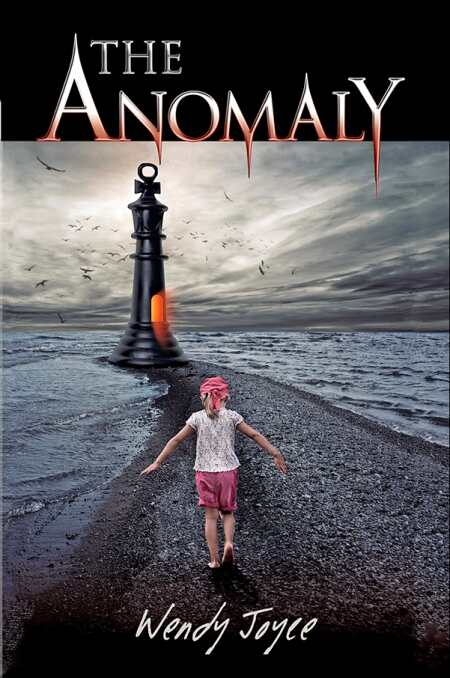The Anomaly
Everyone wonders what happens when a person dies. The shell decomposes, true, but what about the eternal soul? What further adventures await? Wendy Joyce’s The Anomaly throws back the veil that divides the celestial realms of Haven and Hades from Earth and offers her readers an exciting suggestion of what lies out there in the metaphysical realm.
Like the characters in Cloud Atlas by David Mitchell, the souls in The Anomaly are reborn into different genders, eras, and fates. This is no random act, however. Rather like Frank E. Peretti’s This Present Darkness, which follows the day-to-day interactions of demons and angels among humans, The Anomaly follows a group of guides from Haven and Hades as they plan their centuries-old strategy to gain control of Earth. Each side chooses their best “Souls” and sends them to Earth, where they change from Energies into Players. On Earth, Players are unaware of their previous existances, so they can only draw from lessons they’ve added to their essences in order to fulfill that lifetime’s goals. The stakes are high; if Hades wins, mankind is doomed. And mistakes can last for generations.
Despite brilliant tactics by Haven’s master strategist, Alpha, there’s always a hitch. In this case, that hitch is Zia, a rebellious, impish Soul whose sincere efforts to serve Haven tend to backfire and become victories for Hades.
Bursting with childlike observations and innocent ignorance, Zia’s character is full of delightful anomalies. She is “aberrant among Energies, but still complete.” A third smaller in size than everyone else, she stubbornly clings to her own versions of the truth. Yet often her idiosyncrasies serve to explain her peculiar behavior; for example, being colorblind, she believes that other people are interpreting her colors incorrectly. And even her lies can be true. When each of her lives fails, her surly guide, Alpha, finally realizes that her essence resembles that of a teenager: unreliable and often “inverted.” This knowledge enables him to adjust his battle plans for dealing with Zia’s dishonesty—and for reclaiming Earth.
Readers will chuckle and sniffle during Zia’s very human attempts to discover her full potential. Despite her flaws, she is an unusual, likeable, and memorable character. The supporting players will also stay with readers: Alpha, who needs self-forgiveness; Malachi, whose enormous blue teddy-bear self pushes Zia toward enlightenment; Ereo, who rubs Zia the wrong way. Souls retain their personality across each life, offering readers clues about their identities. Figuring out which Soul becomes which Player is part of the fun of this intriguing, tightly written novel.
But it is not just the quirky characters that make the book worth reading. Joyce’s craftsmanship is brilliant; using simple, clear language, she builds unexpected moments and vivid settings. Key phrases planted throughout the text enable the reader to enter a shifting world with multiple meanings. Additionally, each of the eras flows into the next, creating generational suspense that can only culminate in victory if Zia learns to embrace her lifetime lessons.
With laugh-out-loud humor and elements of fantasy, science fiction, and mystery, The Anomaly will appeal to a wide audience, teenagers and adults alike.
Reviewed by
Emily Asad
Disclosure: This article is not an endorsement, but a review. The publisher of this book provided free copies of the book and paid a small fee to have their book reviewed by a professional reviewer. Foreword Reviews and Clarion Reviews make no guarantee that the publisher will receive a positive review. Foreword Magazine, Inc. is disclosing this in accordance with the Federal Trade Commission’s 16 CFR, Part 255.

